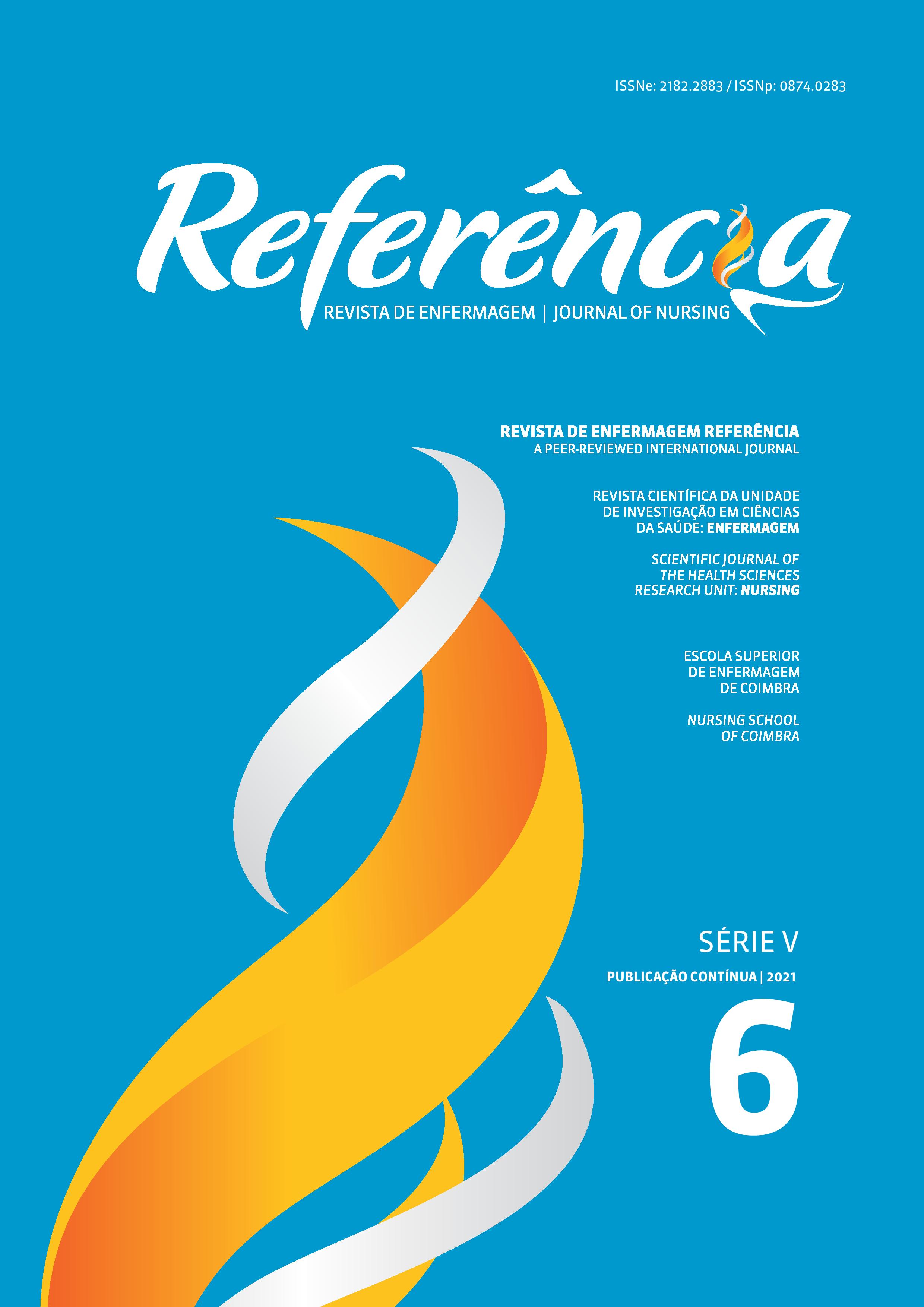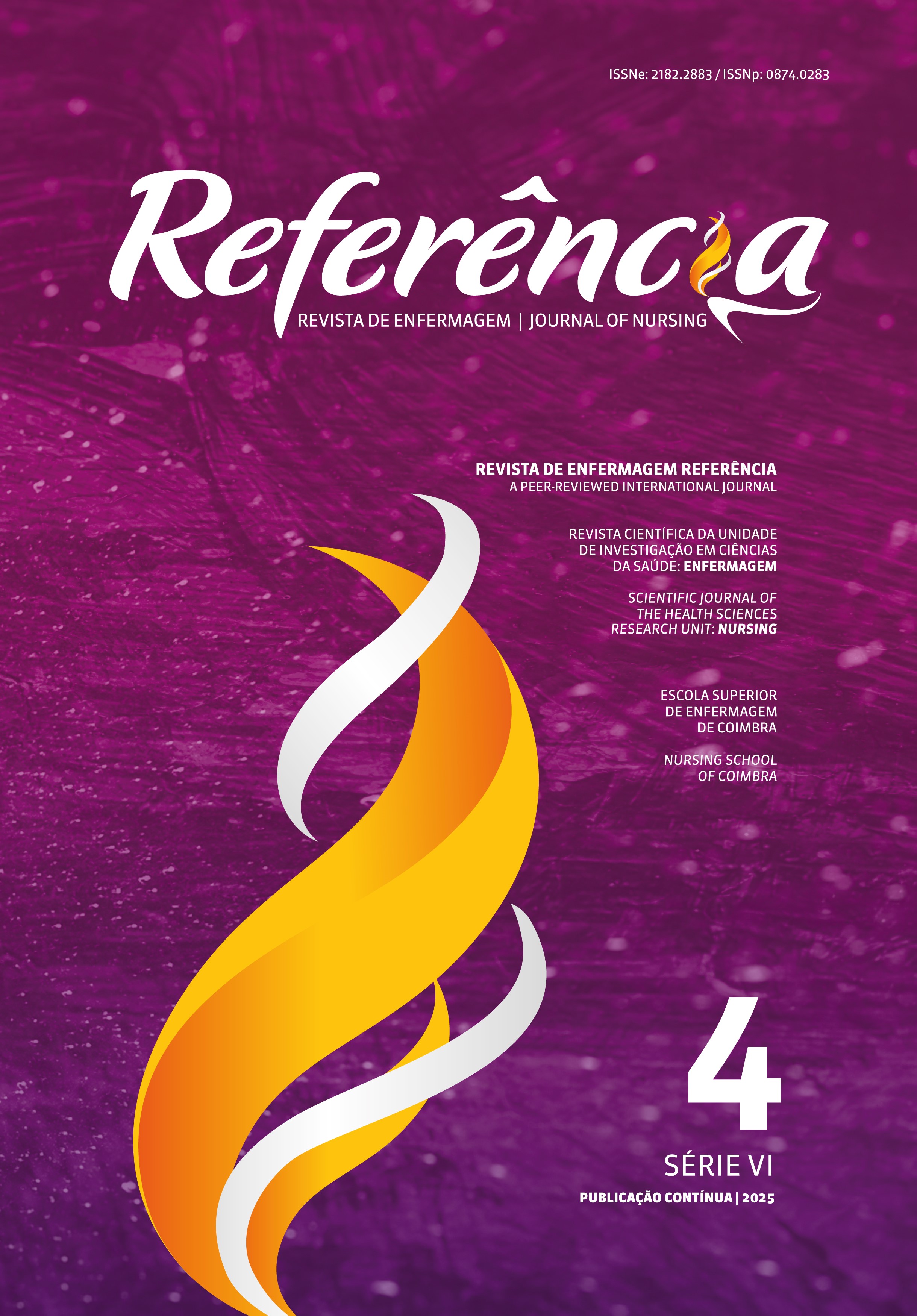Educational nursing intervention to promote health behaviors in cancer survivors
DOI:
https://doi.org/10.12707/RV20090Keywords:
nursing, nursing, practical, oncology nursing, healthy lifestyleAbstract
Background: Cancer calls for a joint professional approach that goes beyond diagnosis and treatment. Health-promoting behaviors after cancer are a challenge for nurses and highly relevant for cancer survivors.
Objective: To explore the key aspects to be integrated into an educational nursing intervention to promote health behaviors in cancer survivors.
Methodology: A qualitative exploratory study was conducted with nine experts, using the focus group as the data collection method.
Results: The results suggest the development of an intervention based on negotiation and the use of contracts, covering several areas, encouraging the adoption of healthy behaviors, and raising awareness about risky behaviors. An early application is recommended, preferably at the hospital.
Conclusion: The nursing intervention should be based on a shared decision-making process, take into account the survivor’s preferences and motivation and family members as catalysts for change, foster private emotional expression, and, above all, anticipate the survivor’s needs.
Downloads
References
American Cancer Society. (2019). Cancer treatment and survivorship facts and figures 2019-2021. Atlanta, GA: Author. https://www.cancer.org/content/dam/cancer-org/research/cancer-facts-and-statistics/cancer-treatment-and-survivorship-facts-and-figures/cancer-treatment-and-survivorship-facts-and-figures-2019-2021.pdf
Bosch-Capblanch, X., Abba, K., Prictor, M., & Garner, P. (2007). Contracts between patients and healthcare practitioners for improving patients’ adherence to treatment, prevention and health promotion activities. Cochrane Database of Systematic Reviews, 18(2), CD004808. https://doi.org/10.1002/14651858.CD004808.pub3
Cooley, M., Finn, K., Wang, Q., Roper, K., Morones, S., Shi, L., & Hayman, L. (2013). Health behaviors, readiness to change, and interest in health promotion programs among smokers with lung cancer and their family members: A pilot study. Journal of Cancer Nursing, 36(2), 145–154. https://europepmc.org/article/pmc/4729371
Corbett, T., Cheetham, T., Muller, A., Slodkowska‐Barabasz, J., Wilde, L., Krusche, A., Richardson, A., Foster, C., Watson, E., Little, P., Yardley, L., & Bradbury, K. (2018). Exploring cancer survivors’ views of health behaviour change: Where do you start, where do you stop with everything? Psycho-Oncology, 27(7), 1816-1824. https://dx.doi.org/10.1002/pon.4732
Coward, D. (2006). Supporting health promotion in adults with cancer. Family & Community Health, 29(Supp.), 52S–60S. https://pubmed.ncbi.nlm.nih.gov/16344637/
Eakin, E., Hayes, S., Haas, M., Reeves, M., Vardy, J., Boyle, F., & Hiller, J. (2015). Healthy living after cancer: A dissemination and implementation study evaluating a telephone-delivered healthy lifestyle program for cancer survivors. BMC Cancer, 15(1), 992–992.https://doi.org/10.1186/s12885-015-2003-5
Ebu, N.I., Amissah-Essel, S., Asiedu, C., Akaba S., & Pereko, K. A. (2019). Impact of health education intervention on knowledge and perception of cervical cancer and screening for women in Ghana. BMC Public Health, 19(1), 1505. https://doi.org/10.1186/s12889-019-7867-x
Edgington, A., & Morgan, M. (2011). Looking beyond recurrence: Comorbidities in cancer survivors. Clinical Journal of Oncology Nursing, 15(1), 3–12. https://cjon.ons.org/cjon/15/1/looking-beyond-recurrence-comorbidities-cancer-survivors
Feuerstein, M. (2007). Defining cancer survivorship. Journal of Cancer Survivorship: Research and Practice, 1(1), 5-7. https://doi.org/10.1007/s11764-006-0002-x
Frazelle, M., & Friend, P. (2016). Optimizing the teachable moment for health promotion for cancer survivors and their families. Journal of the Advanced Practitioner in Oncology, 7(4), 422–433. http://dx.doi.org/10.6004/jadpro.2016.7.4.5
Geller, B., Vacek, P., Flynn, B., Lord, K., & Cranmer, D. (2014). What are cancer survivors’ needs and how well are they being met? Journal of Family Practice, 63(10), E7-E16. https://www.ncbi.nlm.nih.gov/pubmed/25343160
Hewitt, M., Greenfield, S., & Stovall, E. (2006). From cancer patients to cancer survivor: Lost in transition. https://www.nap.edu/catalog/11468/from-cancer-patient-to-cancer-survivor-lost-intransition
Krueger, R., & Casey, M. (2014). Focus groups: A practical guide for applied research (5a ed.). SAGE.
Meleis, A. (2010). Transitions Theory: Middle-range and situation-specific theories in nursing research and practice. Springer.
Meraviglia, M., Stuifbergen, A., Morgan, S., & Parsons, D. (2015). Low-Income cancer survivors’ use of health-promoting behaviors. Medsurg Nursing: Official Journal Of The Academy Of Medical-Surgical Nurses, 24(2), 101-106. https://doi.org/10.1097/NUR.0b013e3182157786
Park, B., Kong, S., Kim, J., Kim, Y., Park, I., Jung, S., & Lee, E. (2015). Health behaviors of cancer survivors in nationwide cross-sectional survey in Korea: Higher alcohol drinking, lower smoking, and physical inactivity pattern in survivors with higher household income. Medicine, 94(31), 1214. https://pubmed.ncbi.nlm.nih.gov/26252280/
Pender, N., Murdaugh, C., & Parsons, M. (2015). Health promotion in nursing practice (7th ed.). Pearson Education.
Seifert, C., Chapman, L., Hart, J., & Perez, P. (2012) Enhancing intrinsic motivation in health promotion and wellness. American Journal of Health Promotion, 26(3), 1-12. http://journals.sagepub.com/doi/abs/10.4278/ajhp.26.3.tahp?url_ver=Z39.88-2003&rfr_id=ori:rid:crossref.org&rfr_dat=cr_pub%3dpubmed
Sisler, J., Chaput, G., Sussman, J., & Ozokwelu, E. (2016). Follow-up after treatment for breast cancer: Practical guide to survivorship care for family physicians. Canadian Family Physician, 62(10), 805-811. https://www.cfp.ca/content/62/10/805.long
Tollosa, D., Tavener, M., Hure, A., & James, E. (2019). Compliance with multiple health behaviour recommendations: A cross-sectional comparison between female cancer survivors and those with no cancer history. International Journal of Environmental Research Public Health, 16(8), 1345. https://www.ncbi.nlm.nih.gov/pmc/articles/PMC6517956/






